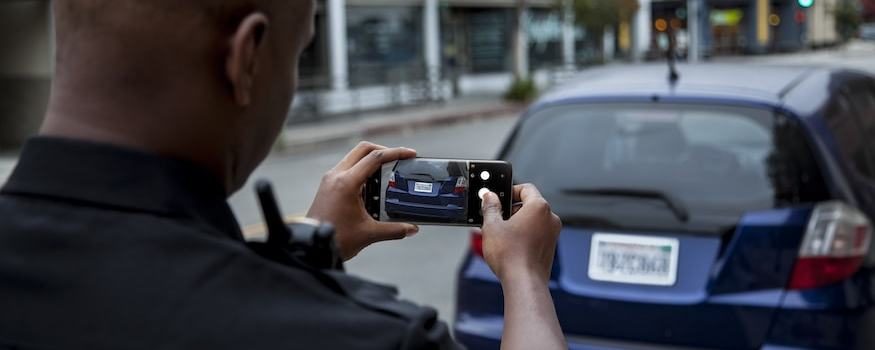Those working in public safety operations have always been a unique, pragmatic group of technology users. And resistance to change has not only been related to budgetary constraints, but also the result of a comfort with existing technology and approaches to communicating information.
But as the public safety workforce gets younger, new public safety technology trends are being met with greater acceptance, especially on the front lines. There are several key factors influencing this change to go beyond the standard laptop in the vehicle setup.
Smaller, Lighter, Faster
Consumer technology trends have gone toward smaller and lighter devices that have taken away much of the traditional clamshell notebook. Public safety operations, in trying to keep pace with consumer technology, is now introducing their front-line users to handheld and even wrist-worn devices.
Given the mission-critical use of technology by public safety operations, hardware selection must be specific to each discipline of public safety, and must complement existing systems in order to gain user acceptance. When testing new devices, it’s important to ensure a diverse group of front-line staff.
While smaller, lighter and faster devices will definitely enhance safety and productivity in certain areas of public safety, providers must be careful about where and when these new mobile devices are deployed. Situational awareness should always be paramount, and any new devices must complement the front-line user.
Mobilizing Law Enforcement
Plan and implement a mobile initiative at your agency with this practical roadmap. Download Now
More Data Access Requires Increased Security
Recent public safety technology trends such as body-worn cameras, in-vehicle video and smartphones are increasing the volume and types of data available to public safety agencies. No matter what the hardware is, an increase in new technology will likely result in new storage issues. Do you store the data locally or do you contract it out to your software provider to store on their cloud? If you choose cloud storage, whose data is it — the department’s or the vendor’s? If you change vendors at a later date, what happens to the legacy data? Can you access it, and at what additional cost?
These considerations address the need for a security solution that not only ensures users can safely access data in the field, but also makes it easy for IT departments in this sector to manage. If an agency is pushing some, or all, of this data wirelessly back to a headquarters, the end-to-end encryption must be robust enough to ensure the continuity of evidence is maintained for court, and is kept to authorized viewers only throughout the workday.
Accessing Mission-Critical Information
Providing officers with a smartphone or smartwatch, and having optimized computer-aided dispatch (CAD) software sending real-time information to that device, would be a huge step forward in improving safety. While information can be conveyed over portable radio, often the radio voice traffic is overloaded, furthering delays. Mobile solution providers such as Samsung are working closely with the major CAD system providers to optimize software so critical information can be accessed via smartphones, tablets and smartwatches.
Once an officer leaves the vehicle, they typically rely on selective memory or the suspect description they read from the laptop computer mounted in their vehicle. However, what if there was a way to wirelessly send a mugshot of a possible suspect or a short text warning the officer of a stolen vehicle? This would convey high-priority information in a manner that’s brief and doesn’t affect situational awareness.
Addressing Legacy Hardware
Public safety technology trends are also affecting the traditional hardware that’s used. Years ago, portable two-way radios were the only source of voice communication. Today, most of the major land mobile radio providers have smartphone apps that can be integrated with smartphones and even smartwatches.
Public safety trends are moving toward this dual functionality with critical voice and data connectivity outside the vehicle. Two-way radio transmissions on an officer’s smartphone or smartwatch are here today, and Samsung is looking to change the hardware options that public safety has been using for decades.
With this evolution of information access, security and hardware, public safety technology is shifting its standards so that departments can increase situational awareness and officer safety in the field.
Learn how Samsung is working to bring new solutions to public safety that put access to all critical CAD and records at the officer’s fingertips.









